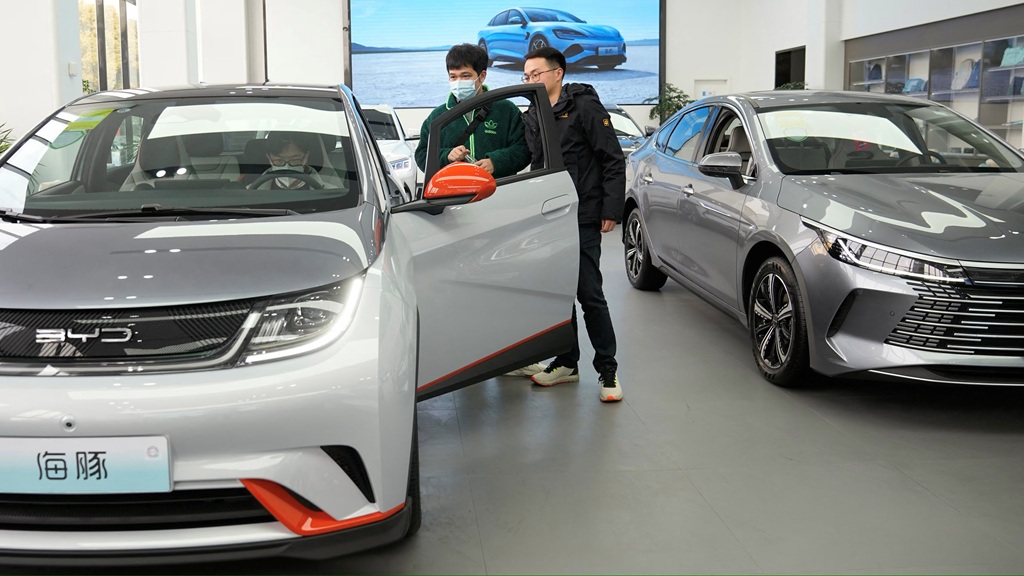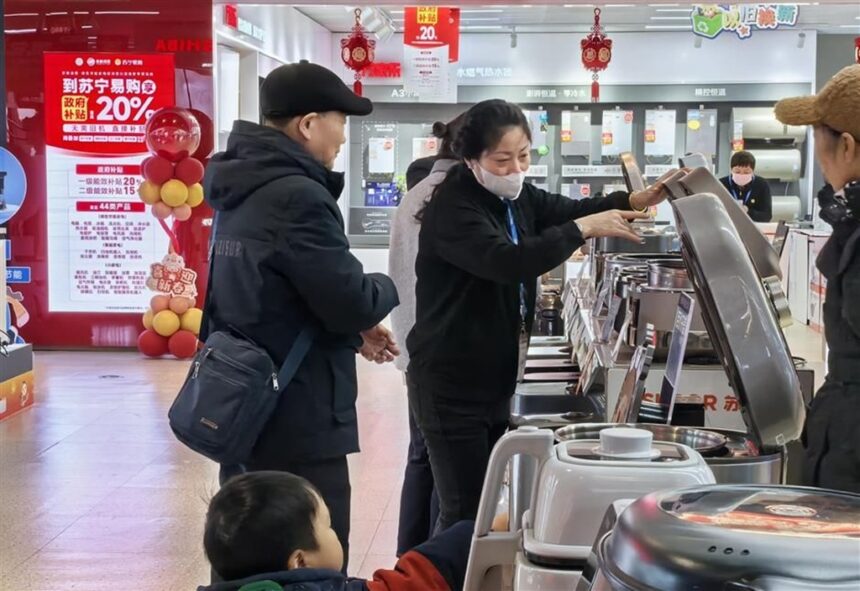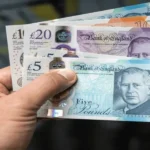To stimulate China’s struggling economy, the government has broadened the list of items that individuals can trade in for a discount of up to 20 per cent on newly manufactured items.
Several appliances have been added, such as rice cookers, water purifiers, microwave ovens, and dishwashers.
The state supports trade-in programs for electronic devices such as televisions, phones, tablets, smartwatches, and hybrid and electric automobiles.
The world’s second-largest economy has been experiencing several difficulties, such as a decline in consumer demand and a worsening crisis in the real estate market.
Officials announced on Wednesday that 81 billion yuan, equivalent to $8.9 billion or $11 billion, had been set aside for the consumer goods trade-in program this year.
“According to China’s top economic planning agency, e”visible effects” have already been achieved, even though the schemes were introduced in March.

It has been reported by the Ministry of Commerce of the country that the measures have increased sales of high-priced commodities such as automobiles and household appliances.
However, some economists have questioned whether the plans will sufficiently raise consumer spending considerably.
The economist Dan Wang, who is located in China, stated that “the measure is far from being enough to boost consumption.”
According to Harry Murphy Cruise, the head of China economics at Moody’s Analytics, “Although it has supported sales of some listed goods, such as automobiles and home appliances, it has not driven an overall uptick in spending.”
China has taken further steps to strengthen its domestic economy in the past several months. This is in response to the mounting difficulties that the country’s exporters are experiencing.
A significant meeting of China’s leaders in December emphasised the necessity of “vigorous” attempts to increase consumer spending.
The announcement came at the same time as President-elect Donald Trump, who is scheduled to return to the White House this month, threatened to slap a sixty per cent tariff on products manufactured in China.
China is scheduled to release its economic growth estimates in 2024 the following week. Beijing anticipates these results to be around 5%.
Related News:
China’s BYD Reports Soaring NEV Sales in 2024

Salman Ahmad is known for his significant contributions to esteemed publications like the Times of India and the Express Tribune. Salman has carved a niche as a freelance journalist, combining thorough research with engaging reporting.














